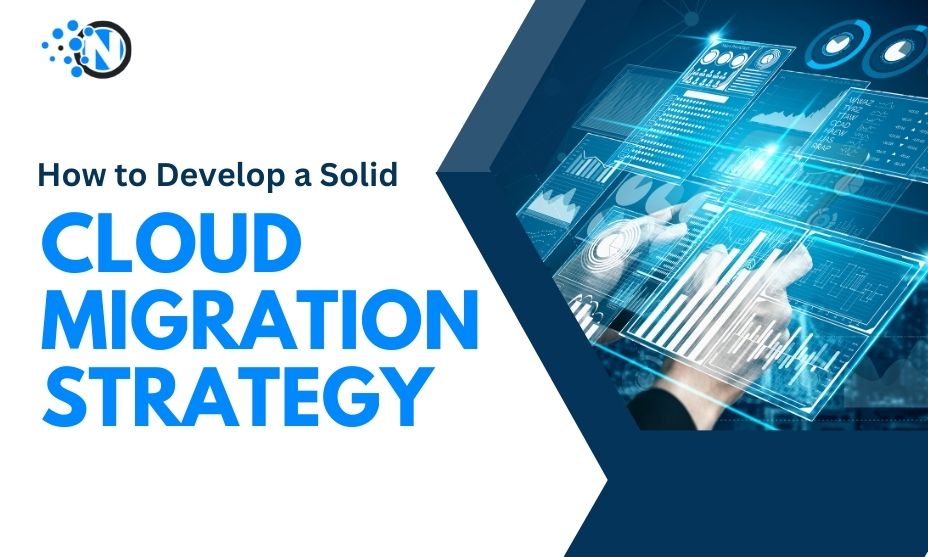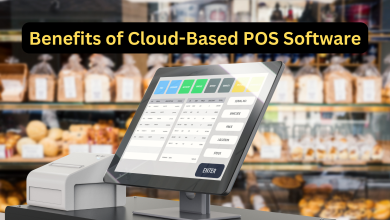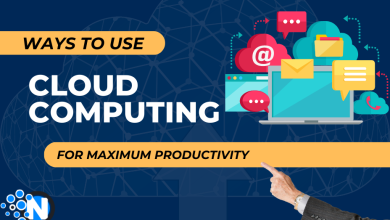How to Develop a Solid Cloud Migration Strategy

Cloud computing has become an indispensable asset for businesses striving to achieve their objectives. It offers a multitude of advantages, including heightened flexibility and enhanced accessibility. Companies of all sizes have already successfully transitioned to the cloud.
According to Gartner’s projections, the expenditure of enterprise IT on the cloud has the potential to reach as much as $1.8 trillion by the year 2025. However, migrating to the cloud requires meticulous consideration. An organization must craft an effective cloud migration plan to reap its full benefits. This blog post will outline the steps to a successful cloud migration strategy.
Define Clear Objectives
The first step in crafting an effective cloud migration strategy is defining clear goals. Common goals in migration projects often include cost reduction, increased scalability, and enhanced security. Set specific objectives aligned with your overall business strategy. Setting clear objectives will serve as a compass during migration that helps guide informed decision-making throughout.
Before you can plan a migration, you must understand your current IT environment thoroughly. Perform a thorough evaluation of your existing infrastructure, applications, and data. Identify dependencies between systems and applications and classify them based on their importance to your business operations. This assessment will help you prioritize what to migrate and determine the most suitable migration approach for each component.
Choose the Right Cloud Service Model
Cloud computing services encompass a range of service models, including Infrastructure as a Service (IaaS), Platform as a Service (PaaS), and Software as a Service (SaaS). Selecting the ideal service model is essential to your migration strategy. IaaS provides more control and flexibility, while SaaS offers ready-to-use applications. PaaS bridges the gap by providing a platform for developers to build and deploy applications. Your choice should align with your business needs and technical capabilities.
When faced with uncertainty about which cloud service model to choose, seeking guidance from cloud migration experts, such as those at Liberty Center One, is an excellent approach to ensuring you make informed decisions aligned with your specific business needs. These cloud service providers offer valuable insights and assistance in navigating the complexities of cloud migration. They stay up-to-date with the latest trends, technologies, and best practices, allowing them to provide you with well-informed recommendations.
Assess and Prioritize Applications and Data
Not all applications and data are suitable for immediate migration. Conduct a thorough assessment to categorize your applications and data into the following categories:
Mission-critical: These are the most important applications and data that require minimal downtime during migration.
Business-critical: Important but less time-sensitive applications and data.
Non-critical: Less important applications and data that can be migrated with more flexibility.
Prioritize migration based on these categories, and develop a migration timeline that minimizes disruptions to your business operations.
Select the Appropriate Cloud Deployment Model
The cloud also offers various deployment models, such as public, private, hybrid, and community. The decision here depends on factors like data sensitivity, compliance requirements, and scalability needs. Public clouds are cost-effective and scalable, but they may raise security concerns. Private clouds offer more control and security but can be more costly to maintain. Hybrid and community solutions provide a balance between the two, allowing you to leverage both public and private resources.
Develop a Migration Plan
With a clear understanding of your objectives and current environment, it’s time to create a detailed migration plan. This plan should outline the specific steps and timelines for migrating each application or component.
Consider factors like data transfer, application refactoring, and testing requirements. Identify any potential obstacles or risks and develop a solid mitigation strategy. A well-structured plan is essential for minimizing downtime and disruptions during migration.
Consider Data Migration
Data is vital to any organization, and migrating it to the cloud requires meticulous planning. Determine which data needs to be moved over and formulate a migration strategy. Consider data cleansing, transformation, and validation processes to ensure data integrity and accuracy in the new environment. Data security and compliance should also be top priorities, especially if you’re dealing with sensitive or regulated data.
Address Security and Compliance
Security should be a central focus of your cloud migration strategy. Cloud providers offer robust security features, but it’s essential to configure them correctly and implement additional security measures as needed.
Assess your compliance requirements and ensure that your chosen cloud provider meets them. Develop a comprehensive security policy, including access controls, encryption, and monitoring, to safeguard your cloud assets.
Plan for Testing and Quality Assurance
Testing is a critical phase of any migration strategy. Create a thorough testing plan that covers functionality, performance, security, and disaster recovery. Test your applications and systems in the cloud environment to identify and resolve any issues before they impact your business operations. Establish clear rollback procedures in case problems arise during testing, ensuring a smooth transition to the cloud.
Monitor and Optimize
Once the migration is complete, your work is far from over. Continuous monitoring and optimization are crucial to maximizing the benefits of the cloud. Implement monitoring tools to track performance, security, and cost.
Regularly review your cloud usage and adjust resource allocation as needed to optimize costs. Cloud providers offer a variety of services for cost management, so take advantage of them to ensure cost effectiveness.
In Closing
Developing a solid cloud migration strategy is essential for organizations looking to leverage the benefits of cloud computing effectively. Start by defining clear objectives and assessing your current IT environment.
Choose the right cloud service and deployment models, and create a detailed migration plan. Pay special attention to data migration, security, and compliance. Test rigorously, and continue monitoring and optimizing your cloud infrastructure. With careful planning and execution, your organization can successfully migrate to the cloud and thrive in the digital age.




